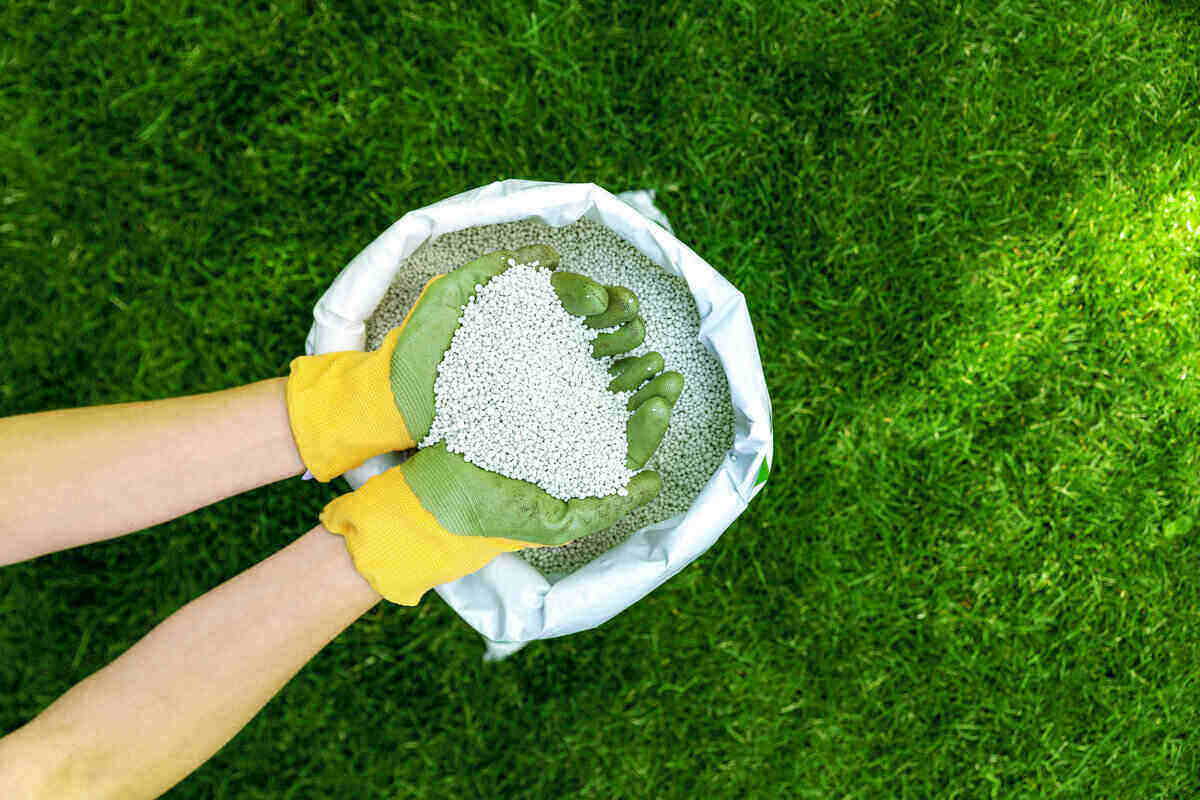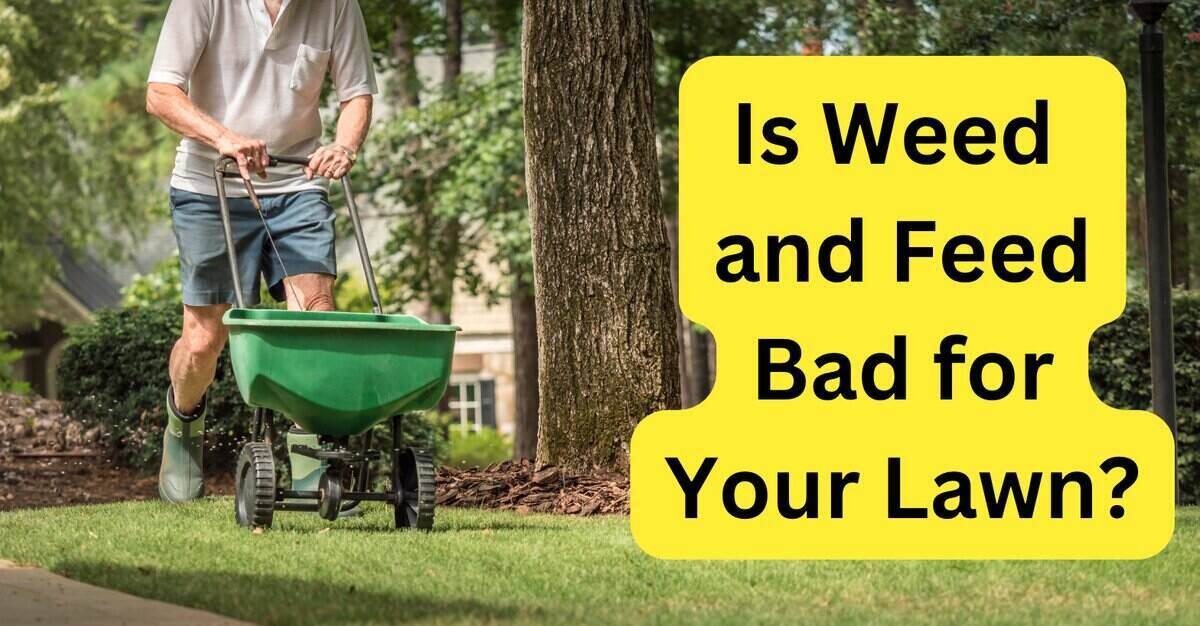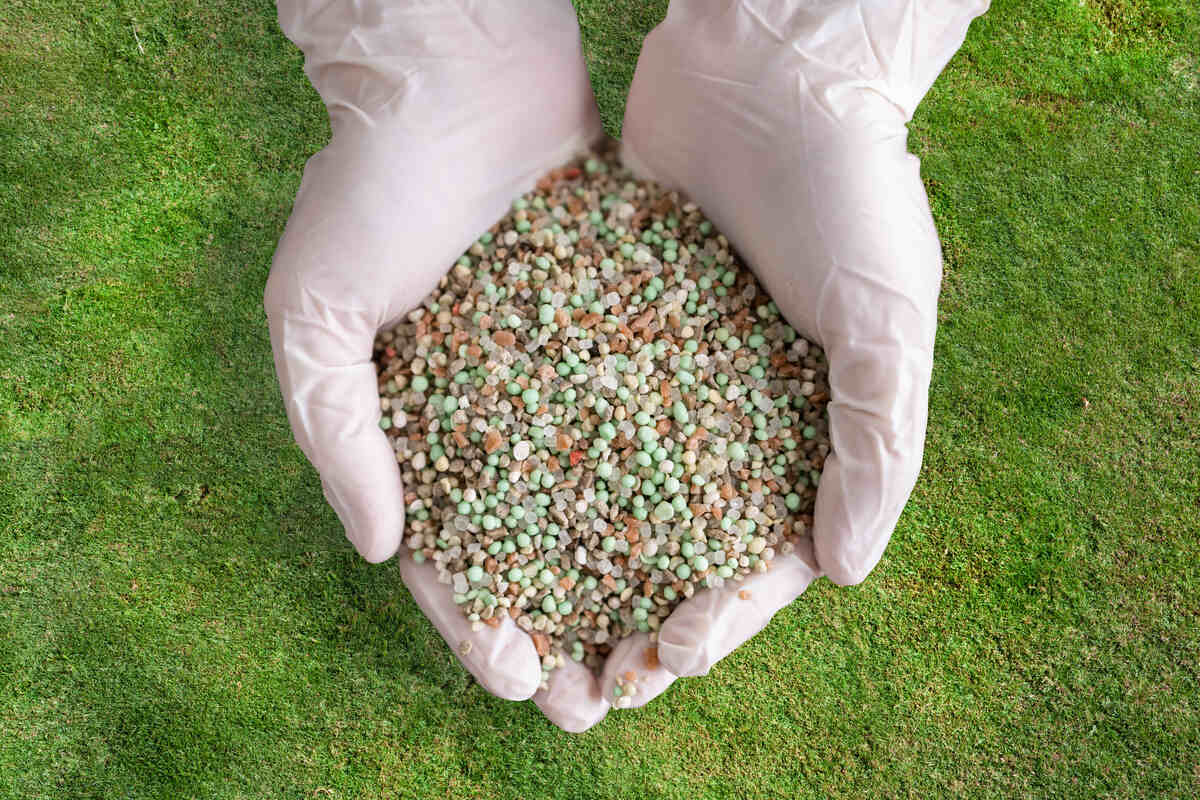
As the weather heats up, it may seem impossible to keep your Los Angeles lawn looking luscious and healthy. However, by following a few easy tips, you can keep your grass growing throughout the hottest days of the year.
1. Fertilize sparingly
While the best time to fertilize is in the spring or early fall, you can fertilize in the summer if you missed your earlier window. Warm-season lawns actually do better when temperatures are over 80 degrees, so you can feed in May or June. Make sure you read any packaging directions carefully if you are applying synthetic fertilizers, and be mindful of the fact that some grass types can be burned by fertilizers when the weather is too hot.
2. Reseed as needed
If your spring seeds didn’t sprout as desired, or if there are bare patches on your lawn, you can still add new seed in the summer. This is especially true if you have had a pest problem, such as with grubs, that took a chunk out of your precious lawn.
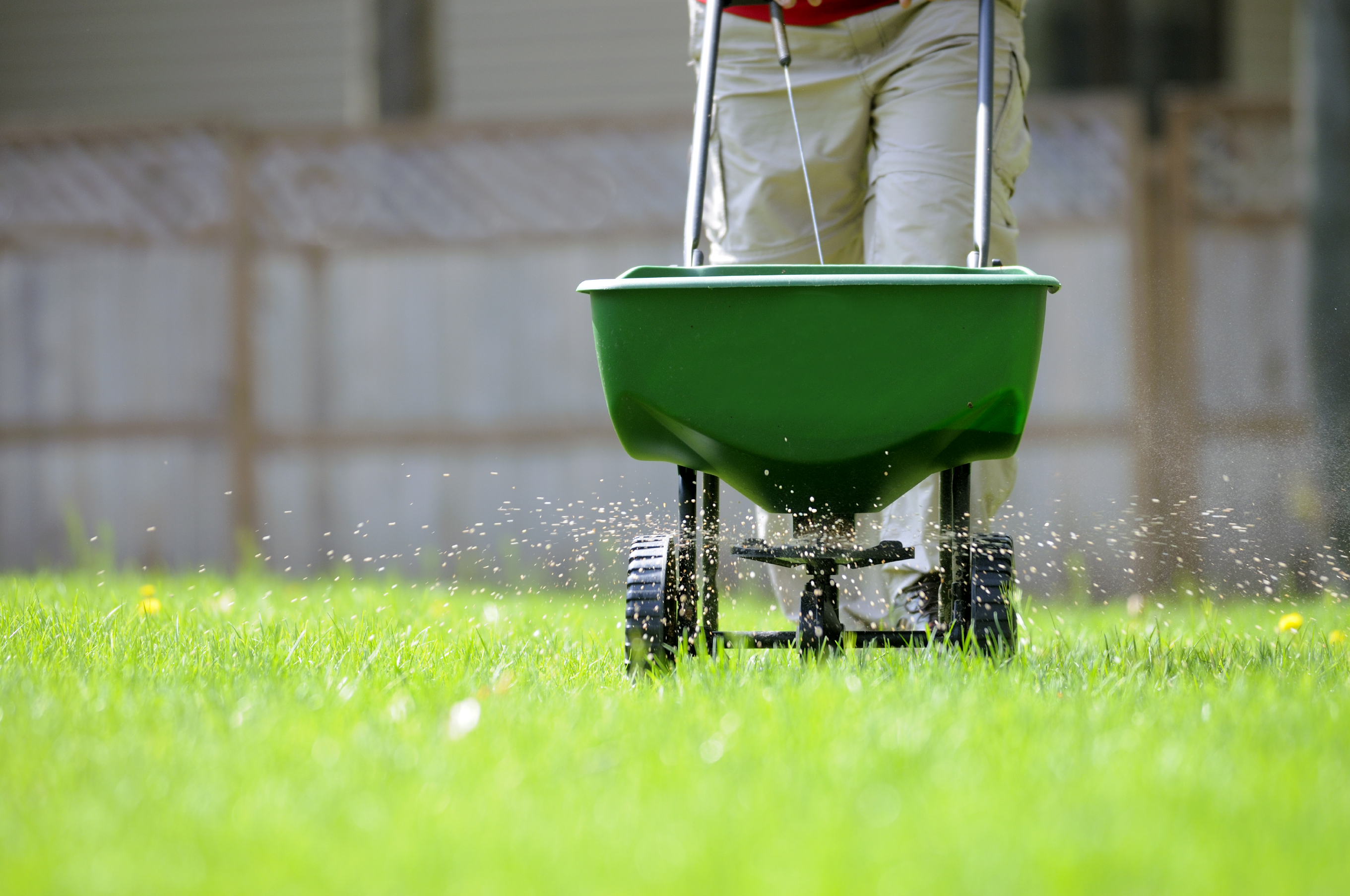
3. Continue to mow
Keep your grass tall, as too-short blades don’t have extensive roots and aren’t able to process nutrients, sunlight, and water as effectively as longer ones. Mow regularly, at least once a week, but never remove more than a third of the blade’s length at once.
4. Monitor and adjust your watering schedule
Summer can be a dry time in Los Angeles, so make sure you water regularly. Most grass types need around an inch of water each week, so if you haven’t received rainfall in a while, you might want to consider adding an irrigation system.
The best time to water is in the morning, ideally before 9 a.m., so that your grass has a chance to absorb the moisture before it evaporates under the hot sun. Water deeply at least twice a week during dry spells.
5. Avoid excessive foot traffic
While you undoubtedly want to spend some time enjoying your lawn, try not to walk or drive across it unnecessarily. Traffic can compact the soil and make it more difficult for roots to permeate. To lessen the likelihood of compaction, simply avoid walking across your lawn after a heavy rainfall, as this is when soil is most susceptible.
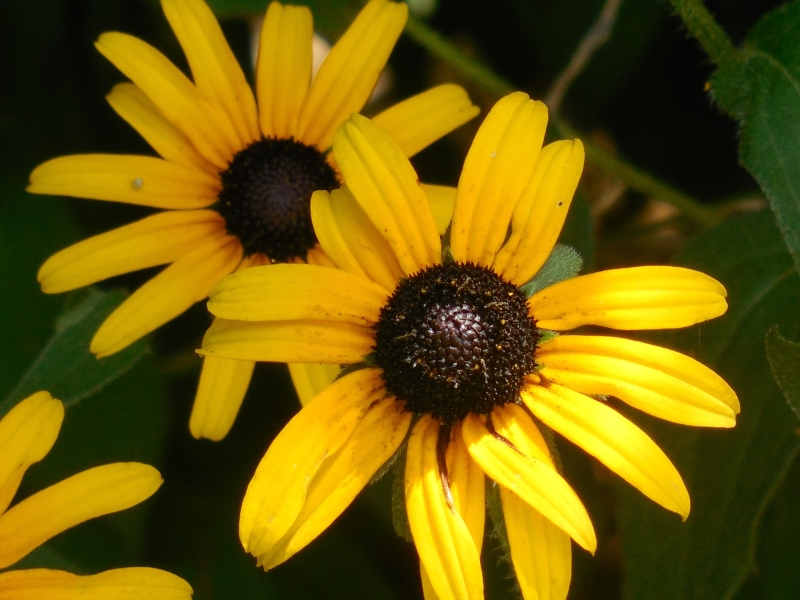
6. Keep an eye out for pests
While some pests are beneficial–such as lacewings–most can cause significant damage to your lawn. Watch for signs of pests like grubs and aphids, such as bare spots on the lawn or tunnels through the soil. Try to remove any ruts or other areas that tend to collect water, as these present a breeding ground for pests. You can attract additional beneficial pests by planting enticing flowers such as Black-eyed Susan.
Featured image source: Zillow

